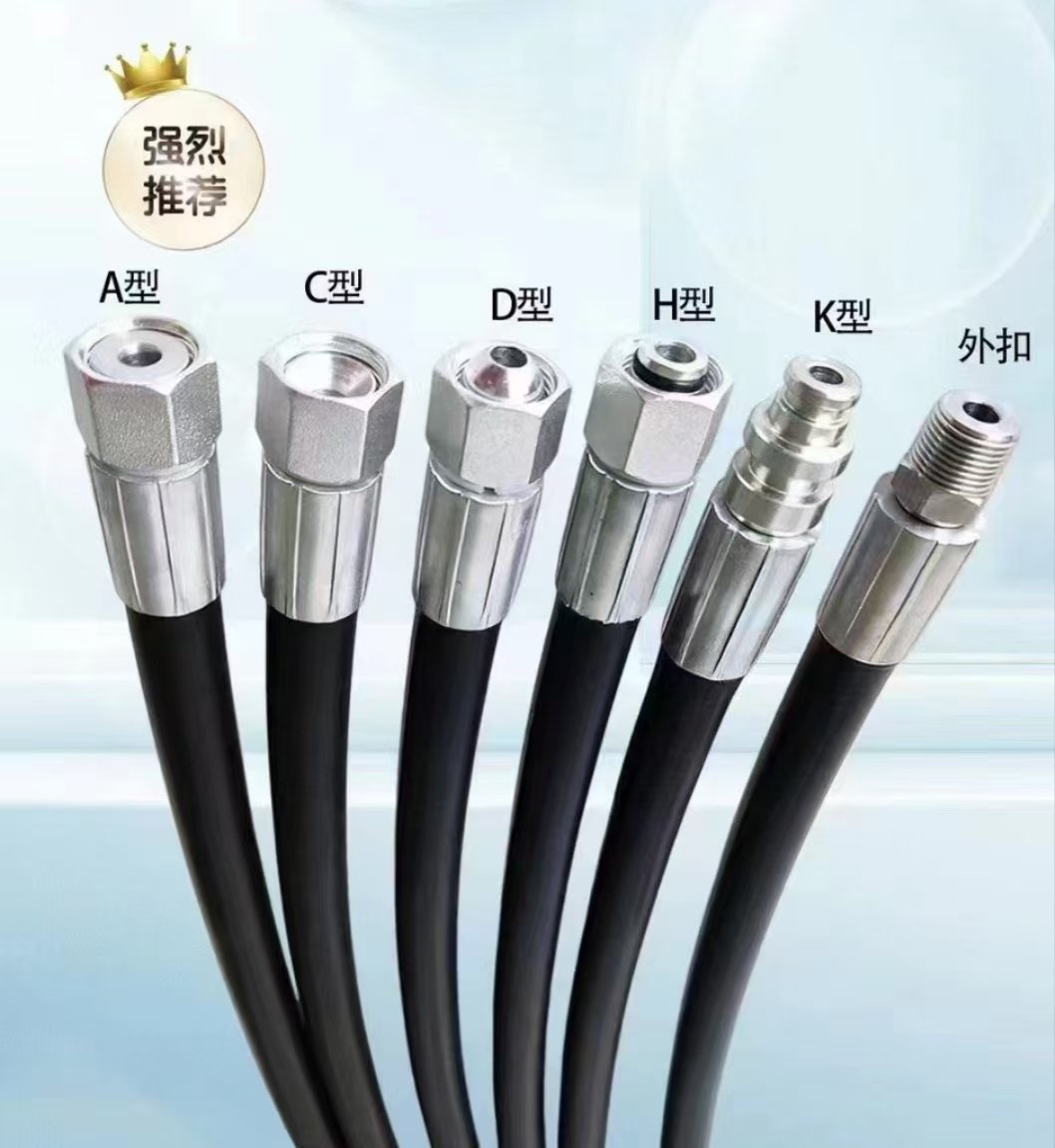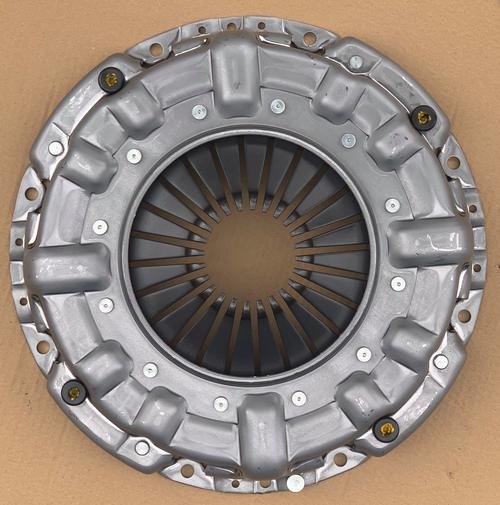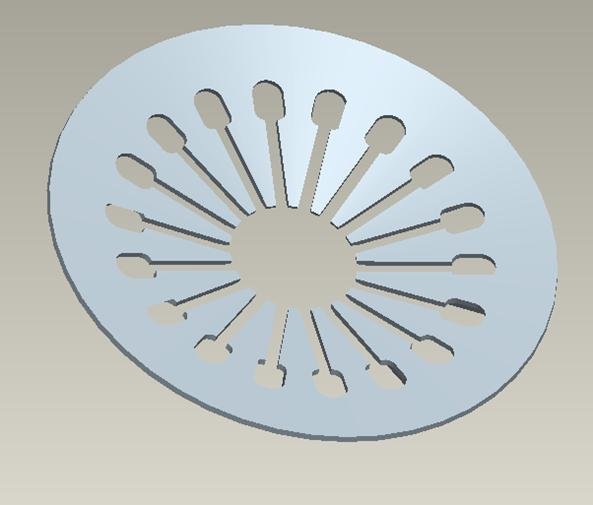WG2212220034 Fourth Shift Fork Shaft for HOWO Truck Gearbox

The WG2212220034 Fourth Shift Fork Shaft is a critical transmission component specifically engineered for HOWO trucks, providing the essential link between the driver’s gear selection and the actual gear engagement within the transmission system. This precision-engineered shaft ensures smooth and accurate shifting, playing a vital role in the overall drivetrain performance of these heavy-duty vehicles. Manufactured to strict quality standards, this transmission part guarantees compatibility and reliability within the rugged operating conditions that trucks frequently encounter. The durability and engineering precision of this fork shaft significantly impact the transmission’s responsiveness and longevity.
For operators and fleet managers maintaining HOWO vehicles, understanding the function and importance of this transmission component is essential. The Fourth Shift Fork Shaft serves as the mechanical intermediary that translates the movement from the shift lever through the transmission linkage system, finally activating the specific fork that slides the gear synchronizers or collars into place. Any wear or damage to this shaft can manifest as difficult shifting, gear slippage, or complete failure to engage certain gears – issues that can severely compromise vehicle operation and productivity. Recognizing early symptoms of fork shaft deterioration can prevent costly repairs and minimize vehicle downtime.
Design and Engineering Excellence
Engineered with hardened alloy steel, the WG2212220034 shaft undergoes specialized heat treatment processes to achieve optimal surface hardness while maintaining the necessary core toughness required for high-stress applications. This material science approach ensures the component withstands repeated shifting cycles without developing stress fractures or premature wear patterns. The shaft features precisely machined grooves and contact surfaces that interact seamlessly with shift forks, detent balls, and other transmission components. These critical interfaces are manufactured to micron-level tolerances to prevent excessive play while allowing adequate lubrication flow to prevent metal-to-metal contact during operation.
Performance Under Heavy-Duty Conditions
The fork shaft operates continuously under demanding circumstances. When the operator selects fourth gear, this component translates that input into physical movement within the transmission housing. During acceleration with heavy loads, the shaft experiences substantial torsional forces while precisely positioning gears for optimal power transfer. Its robust construction prevents deformation under these pressures, maintaining accurate shift timing throughout the service life. This durability is particularly important in commercial trucking applications where drivers frequently skip gears during acceleration sequences, subjecting the shift fork mechanism to abrupt directional changes and unusual loading patterns.
Installation and Compatibility
Designed as an exact replacement for factory components, the WG2212220034 fork shaft integrates seamlessly into HOWO transmission assemblies without requiring modifications. When installing the shaft, technicians must ensure proper alignment with selector mechanisms and verify clearance with surrounding components. The shaft’s design incorporates features that simplify proper orientation during assembly, preventing incorrect installation that could impair shifting performance or damage transmission components. Always refer to the manufacturer’s service manual for specific installation torque specifications and special procedures related to the transmission synchronizer assembly.
Maintenance Considerations
Though engineered for longevity, any transmission component requires periodic inspection to maintain optimal performance. During scheduled transmission services, technicians should examine the fork shaft for signs of wear at contact points, bending, or surface damage. Unusual shift lever feel or transmission noises during gear engagement may indicate issues with the fork shaft assembly. Preventive maintenance includes ensuring proper transmission fluid levels and condition, as contaminated lubricant can accelerate wear on all moving components. Replacement intervals vary significantly depending on operating conditions, but monitoring shift quality provides the most reliable indicator of component condition.
Operational Benefits
Utilizing this precisely manufactured transmission component delivers multiple operational advantages. First, drivers experience smoother, more predictable shifting patterns that reduce fatigue during extended driving periods. Second, the reduced friction and precise engagement minimize power losses through the transmission, contributing to improved fuel economy over long-haul operations. Third, the design reliability translates to decreased transmission-related downtime and associated maintenance costs. Finally, optimized gear engagement reduces shock loading throughout the drivetrain, extending the service life of other critical powertrain components like clutches, driveshafts, and differential assemblies.
Troubleshooting Common Issues
Several specific symptoms may indicate potential issues with the WG2212220034 shaft. Difficulty engaging fourth gear, particularly when warm, often points to fork shaft problems. Similarly, gear pop-out during acceleration suggests the shaft cannot maintain sufficient engagement position. Metallic noises during shifting may indicate excessive clearance due to shaft wear. When diagnosing shifting problems, technicians should perform comprehensive checks including shift linkage alignment, transmission fluid quality, and internal component inspection before focusing on the fork mechanism. Considering that transmission disassembly requires significant labor, accurate preliminary diagnosis is crucial for efficient repair processes.
Material Technology
The metallurgical composition of this transmission component represents advanced alloy development. Engineers have carefully balanced carbon content with chromium, molybdenum, and vanadium additives to create the ideal microstructure that offers superior surface hardness with sufficient ductility to prevent cracking under cyclical stress. Specialized surface treatments create microscopic oil retention pockets in the metal, maintaining adequate lubrication film between contacting surfaces even under heavy pressure. This technical sophistication ensures the shaft performs reliably across extreme temperature variations experienced by transmission components during demanding operations.
Quality Assurance Process
Every WG2212220034 fork shaft undergoes rigorous quality control validation including dimensional verification using coordinate measuring machines (CMM) to confirm critical tolerances. Material integrity checks employ non-destructive testing techniques like magnetic particle inspection. Functional testing involves computerized simulation of actual shift cycle patterns at various temperatures to validate performance under realistic conditions. This commitment to manufacturing consistency ensures that each component delivers identical reliability and compatibility, maintaining the strict interchangeability required in OEM replacement parts.
Industry Applications
Beyond standard trucking operations, this transmission component supports specialized HOWO configurations including dump trucks, concrete mixers, and specialized haulers. Each application subjects the shift mechanism to unique stress patterns. Dump truck operations cycle between loaded hauling and empty return, creating wide variations in drivetrain torque requirements. Concrete mixers present continuous low-speed operation with consistent transmission cycling. This shaft’s engineered resilience accommodates these diverse operational profiles, demonstrating versatility across different truck configurations while maintaining consistent shifting performance.
Longevity and Durability Factors
The operational lifespan of this transmission shaft exceeds standard components through several design innovations. Hardened wear surfaces resist groove formation where selector mechanisms make contact. Stress-relieved material processing prevents fatigue failure in high-vibration environments. Corrosion-resistant surface treatments protect against moisture and chemical contamination of transmission fluid. These combined features result in extended service intervals that reduce maintenance frequency and associated costs. In typical heavy-duty applications, this fork shaft demonstrates exceptional durability even under continuous stop-and-go operations where transmission components experience elevated stress.
Transmission System Integration
As part of a comprehensive transmission solution, the fork shaft interacts with multiple complementary components. During the shifting sequence, it engages precisely with shift rails and synchronizer assemblies. The shaft’s movement trajectory corresponds directly with detent balls and springs that provide tactile feedback to the operator. This integrated mechanical network requires all elements to function in harmony for optimal performance. The precision engineering of this specific component ensures it maintains the necessary clearances and engagement characteristics throughout its service life, preventing misalignments that could compromise the entire shifting mechanism.
Performance Specifications
The technical parameters that define this shaft include dimensions maintained within +/- 0.005mm tolerance, surface hardness ratings between HRC 55-60 on critical wear surfaces, and core hardness ratings optimized for impact resistance. Critical surfaces exhibit surface roughness (Ra) values below 0.8 micrometers to minimize friction while promoting lubricant adhesion. These exacting specifications ensure consistent engagement and disengagement forces throughout the shifting sequence. Such precision manufacturing guarantees the WG2212220034 shaft matches original equipment specifications, preventing any degradation in shift quality when replacing worn components.
Technical Support Resources
Users requiring installation guidance or technical specifications can access comprehensive documentation detailing the correct procedures for shaft replacement. These resources include detailed installation diagrams, torque specifications for mounting hardware, and diagnostic flowcharts addressing common shifting problems. Additionally, component cross-reference information helps technicians identify compatible transmission kits and replacement components. This technical transparency reduces installation errors and ensures optimal shifting performance following component replacement, maintaining transmission reliability throughout the vehicle’s operating life.




